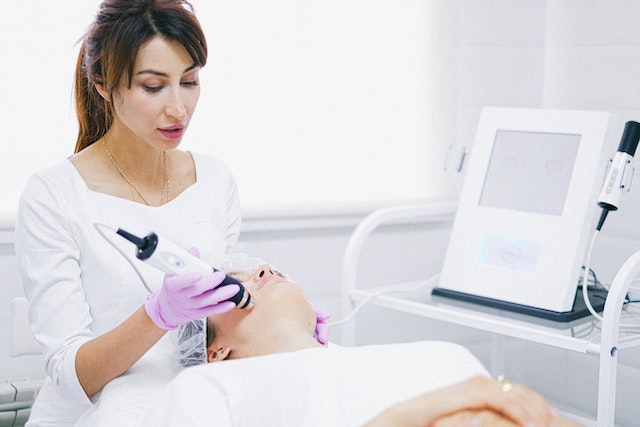
Microneedling has become a popular way to treat a variety of skin issues such as acne scarring and fine lines over the last few years. This is a process where fine needles are used to create small punctures in the skin to stimulate collagen and hyaluronic acid production.
Another trend is for DIY beauty treatments, which regained attention during lockdowns as salon closures prompted many to try home spa treatments. While treatments like store-bought face masks can be safely used at home, others like microneedling carry significant risks.
Cutting the Cost
Cheap derma rollers might cost less than a professional treatment, but beauty experts advise against at-home treatments and are more likely to suggest finding the best microneedling provider in your locality.
While this could potentially be viewed by skeptical consumers as a marketing ploy to dissuade potential clients from DIY treatments, there are several valid reasons for not attempting the procedure at home. When conducted by a trained and licensed esthetician, microneedling can help resolve skin issues, but attempting a “DIY” version could make things worse.
Tools for the Job
The tools used by trained estheticians are surgical-grade medical devices designed to safely penetrate the skin in a controlled way. Microneedling products such as plastic derma rollers (which tend to have shorter needles) that claim to “exfoliate” or “brighten” the skin are not the same thing.
These products are also not regulated by the FDA, so there is no guarantee of quality or safety. Some risks associated with products such as dermarollers include scarring and infection caused by plastic needles breaking off and embedding in the skin or creating tears as opposed to the precise marks made by a surgical-grade, motorized “pen-style” device.
Risks of Infection
Responsible, reputable clinics regularly sanitize their equipment to meet health and safety requirements. Since sanitisation levels for at-home treatments cannot be regulated the same way, at-home microneedling carries a higher risk of infection which may lead to further scarring and tissue damage.
In rare cases, home microneedling has even been known to cause necrotising fasciitis, a rare yet significant bacterial condition that damages surrounding tissue and even the surrounding muscles and fascia (organs).
The Right Formula
One of the many benefits of microneedling is that it can help increase product absorption, but not just any product: the majority of topical skincare products on the market contain preservatives, fragrances, silicones, essential oils and even vitamins that are not designed for use below the skin’s surface.
When used as part of a home microneedling treatment, products like these can lead to adverse reactions such as rashes, skin sensitivity, allergies and even skin conditions such as granuloma, where white blood cells gather around a foreign object, causing grainy bumps under the skin.
Professional treatments typically involve serums specifically formulated for safe use when microneedling.
Call in the Professionals
The internet is full of free learning resources on a range of topics, with some more trustworthy than others. While learning new skills can be rewarding, some practices require training that cannot be gained from watching a tutorial.
While it’s relatively safe to repaint a room, you shouldn’t rewire your house unless you happen to be a registered electrician. In a similar way, some beauty treatments are safe to try at home, but microneedling is best left to trained estheticians.
–





